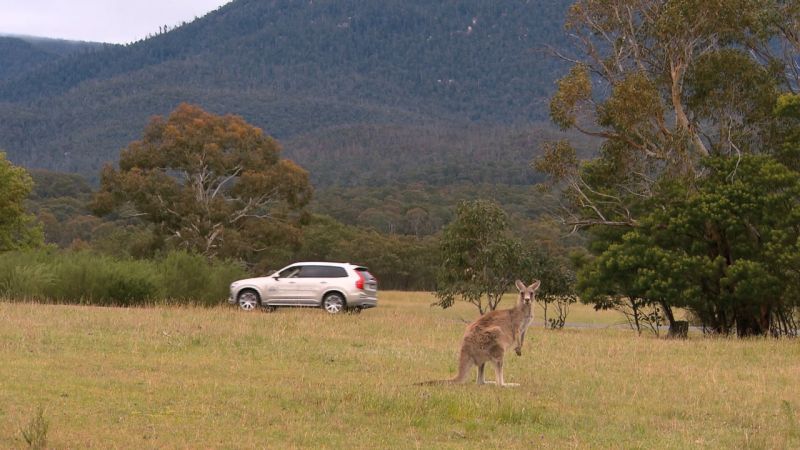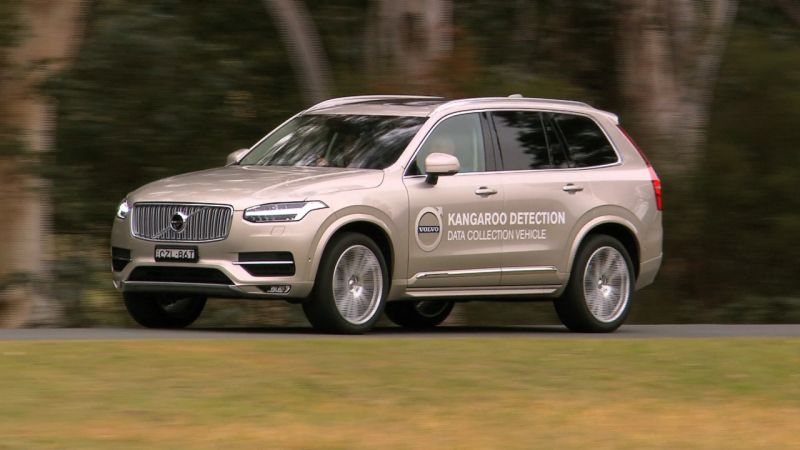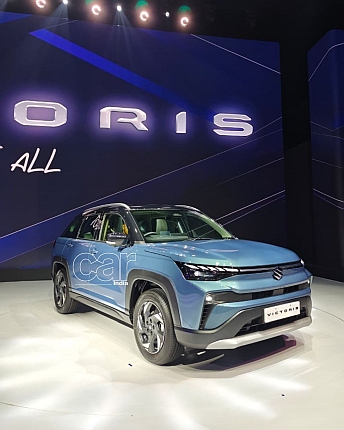
When Swedish carmakers Volvo say they’re safety conscious you better believe it. If aren’t entirely convinced about this, then their latest endeavour will surely put any reservations to bed. Volvo Australia are developing an upgrade on their City Safety technology to include Kangaroo detection too.
According to data provided by Australia’s National Roads & Motorists’ Association (NRMA) and cited by Volvo, over 20,000 Kangaroo-related incidents occur yearly down under, resulting in insurance claims that tally to a cool AU $75 million. Volvo is developing a new system that detects approaching kangaroos and automatically brakes if a collision seems likely. The first steps towards developing the system saw Volvo travel to Australian Capital Territory to shoot (footage, not bullets) and study kangaroos in their natural habitat, and how they behave on the roadside.
Martin Magnusson, Senior Safety Engineer at Volvo Cars spoke of this development – “Whereas Volvo Cars’ Pedestrian Detection technology is geared towards city driving, our kangaroo detection research is focusing on highway speed situations.”
“Kangaroos are very unpredictable animals and difficult to avoid, but we are confident we can refine our technology to detect them and avoid collisions on the highway.”
“In Sweden we have done research involving larger, slower moving animals like moose, reindeer and cows which are a serious threat on our roads. Kangaroos are smaller than these animals and their behaviour is more erratic. This is why it’s important that we test and calibrate our technology on real kangaroos in their natural environment.”
“The Volvo Cars City Safety technology is a true state-of-the-art technology, because the brakes can be primed in milliseconds – much faster than a human reacts,” Magnusson said. “We are only at the beginning of what is possible.”
“This type of technology is not designed to take responsibility away from drivers. If the driver is inattentive the car will warn him or her and eventually intervene with hard braking to avoid a potential collision,” Magnusson added.



















Leave a Reply